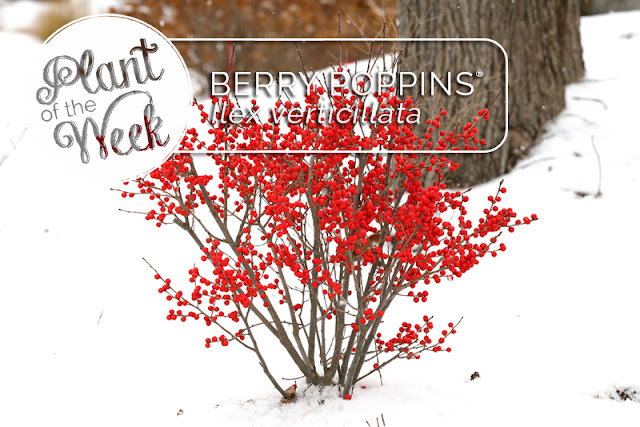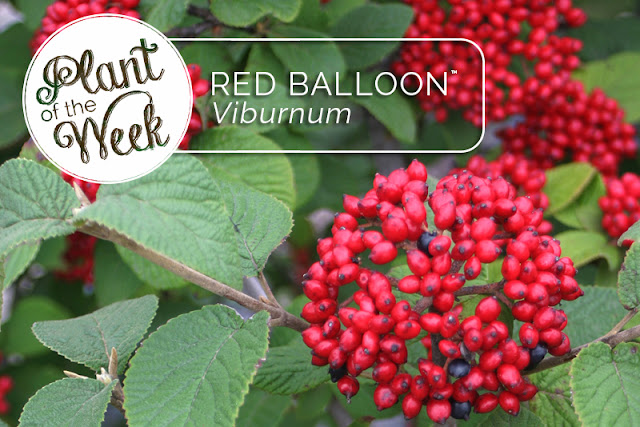Red Rover™ dogwood is a nice new selection of our native Cornus obliqua. It grows to 4-5' tall and wide. This is more compact than the species, which can grow to 12' in height. Red Rover dogwood is a better fit for many residential applications.
Cornus obliqua has a lot of desirable qualities. It's a great choice for rain gardens as it grows well in moist, even soggy soils. Silky dogwood also supports our native pollinator populations. Did we mention that it looks nice, too? Clean green foliage takes on rich burgundy red tones in fall and contrasts with blue fruit. Birds like the fruit, and people will like the fall interest in the landscape.
This is a very new plant, so you'll have to wait until 2017 to find it at your local garden center.
Good dog(wood).
Dogwoods are as varied as their canine namesakes. There is the unapologetic ornamental Cornus florida. It's sort of like a Pomeranian - there as a companion and excellent at its job.Then there's the hardworking C. stolonifera. Plant it in packs for winter interest: it will take cold weather, wet soils, and look good while doing it. Perhaps it is the Newfoundland of Cornus?
Then there's the exotic C. kousa. I know that natives are all the rage, but I love this plant so much and want one so badly. They are just fabulous. What breed would it be? The Ibazan Hound? OK, I looked that one up. They do look fabulous, but probably wouldn't enjoy our Michigan winters as much as my Norwegian Elkhound.
Like canines, dogwoods come in all shapes and sizes and are a wonderful addition to your garden. And while a rescue dog can be a delightful addition to your family, sticking with a named cultivar of Cornus is probably the way to go. Seedlings can be pretty erratic in their size and performance. Mutts, on the other hand, are often the best dogs.
Plant of the Week is written by Jane Beggs-Joles













